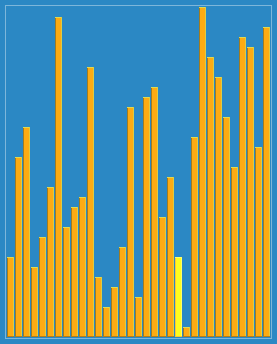Swapping Two Variables in Python
The following example demonstrates how to swap the values of two variables entered by the user.
Example 1: Using a Temporary Variable
# User input
x = input('Enter the value of x: ')
y = input('Enter the value of y: ')
# Create a temporary variable and swap
temp = x
x = y
y = temp
print('After swapping, the value of x is: {}'.format(x))
print('After swapping, the value of y is: {}'.format(y))Output:
Enter the value of x: 2 Enter the value of y: 3 After swapping, the value of x is: 3 After swapping, the value of y is: 2
In this example, a temporary variable temp is used to store the value of x. The value of y is then assigned to x, and the value of temp is assigned to y, effectively swapping the two values.
Swapping Without a Temporary Variable
We can also swap variables without using a temporary variable, using a more elegant method in Python.
# User input
x = input('Enter the value of x: ')
y = input('Enter the value of y: ')
# Swap without using a temporary variable
x, y = y, x
print('After swapping, the value of x is: {}'.format(x))
print('After swapping, the value of y is: {}'.format(y))Output:
Enter the value of x: 1 Enter the value of y: 2 After swapping, the value of x is: 2 After swapping, the value of y is: 1
In this version, we use Python’s multiple assignment feature, which allows us to swap the values of x and y in one line: x, y = y, x. This eliminates the need for a temporary variable.



